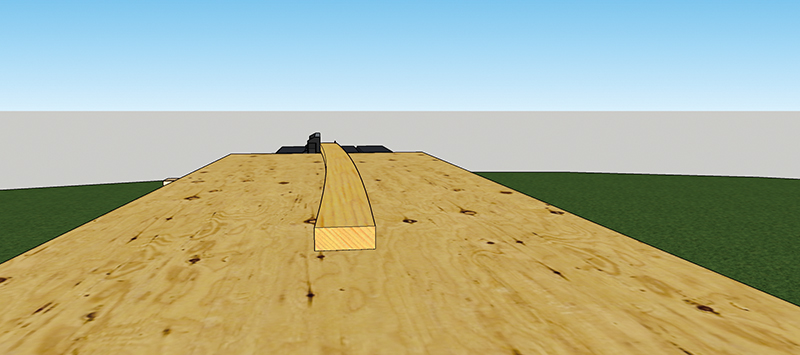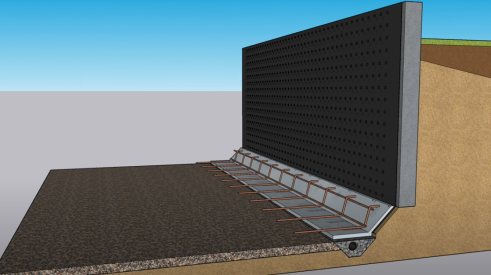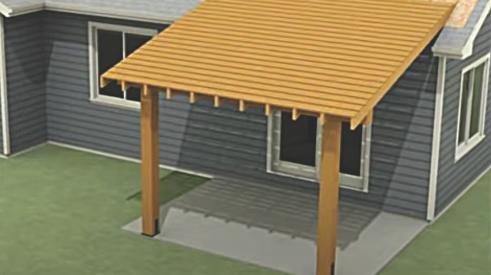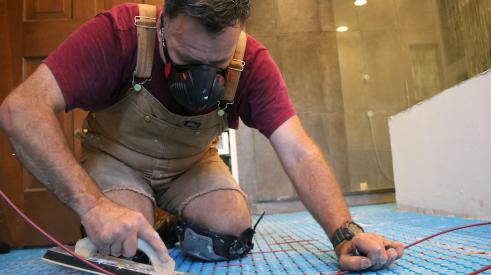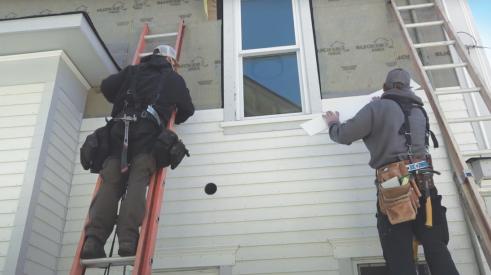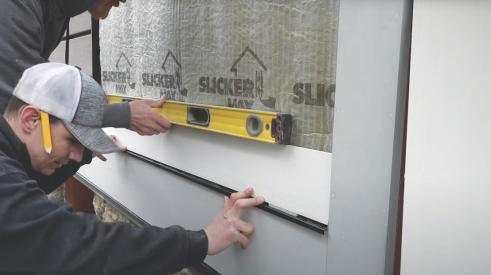Cutting a straight line on a crooked board can be difficult and dangerous if you attempt to do it freehand [1]. Using a jig is not only safer, it does a better job. Here’s how to build it.
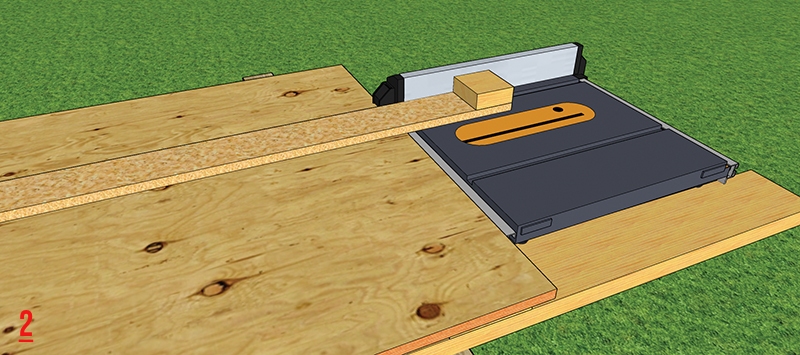
Find a scrap of plywood with a factory edge and rip it about 5 inches wide. Fasten a backing block to the end [2], then screw a push board into it [3], forming the business end of the jig.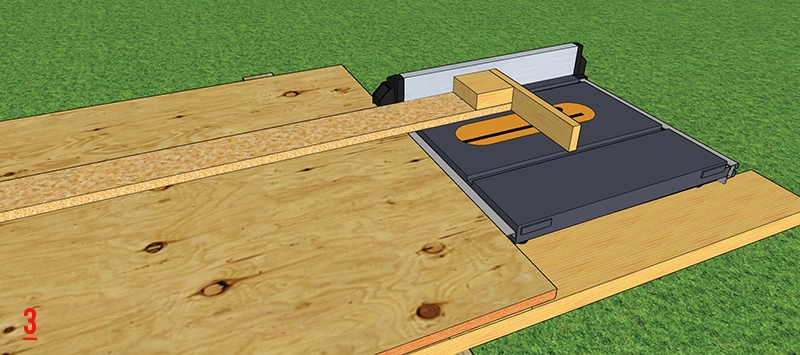
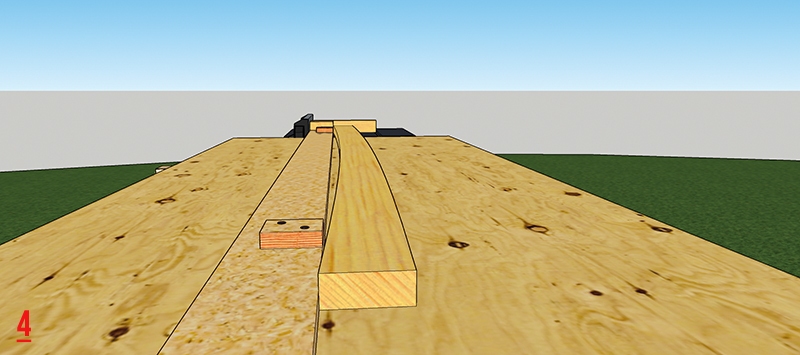
Screw small blocks into the straightedge at each end, spaced to approximately match the length of the crooked wood [4]. Attach a second block on top of the first to hold down the workpiece [5] while you move it through the table saw [6].
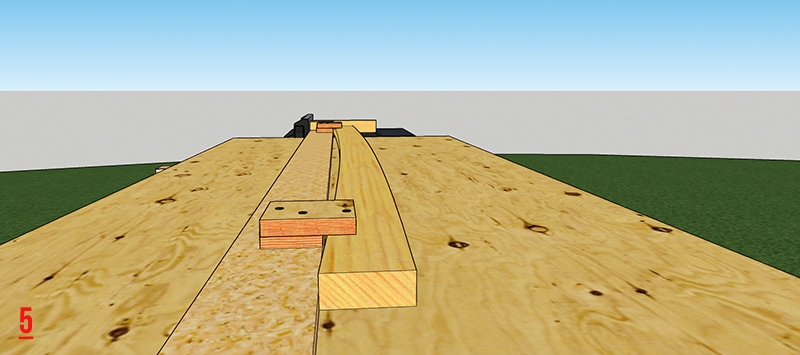
With a straight edge established, you can remove the jig, flip the lumber over so the straightened edge runs against the fence, and rip it to the width you need.
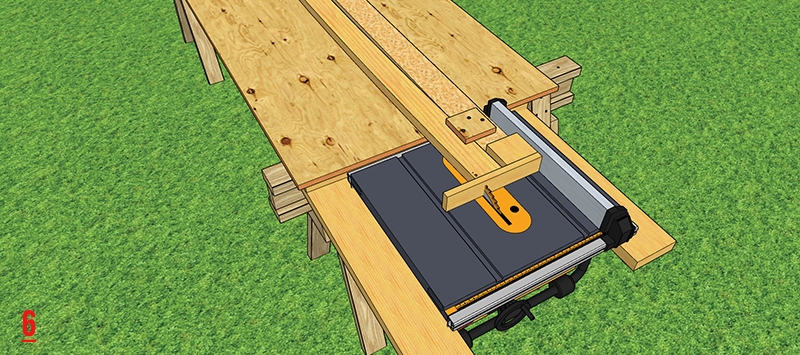
Get more Jobsite Know-How here
Add new comment
Related Stories
How to Retrofit Foundation Footings
To make a low-height basement a more comfortable living space, this remodeler digs deeper but needs to add support to do so
Crawl Spaces to Basements: Proceed with Caution
Converting a crawl space to other uses can upgrade a home and add significant value, but when done incorrectly, it can also be disastrous
The Ins and Outs of Pedestal Tile Systems
A non-exhaustive overview of all things pedestal tile systems
How to Attach a Patio Roof to an Existing House
A graceful integration may mean more work but improved functionality and aesthetics
6 Tips for Electric Floor Heating Systems
These quick tips and tricks provide a base knowledge to begin your floor heating education
How To Improve Energy Performance in Existing Attics
There’s more to insulating the attic than attic insulation; there’s venting, air sealing, and misery
How to Install PVC Bevel Siding Over Rainscreen
It’s a lot like installing wood bevel siding, except it won’t warp or rot. And it expands and contracts differently and for different reasons
Understanding How PVC Trim Moves
Anybody who’s used PVC in an exterior application knows that it moves seasonally. Just like wood, right? Not exactly
To Vent or Not to Vent: A Discussion
In an attempt to strike a middle ground between high-performance and attainable, these three remodelers engage in a candid conversation



